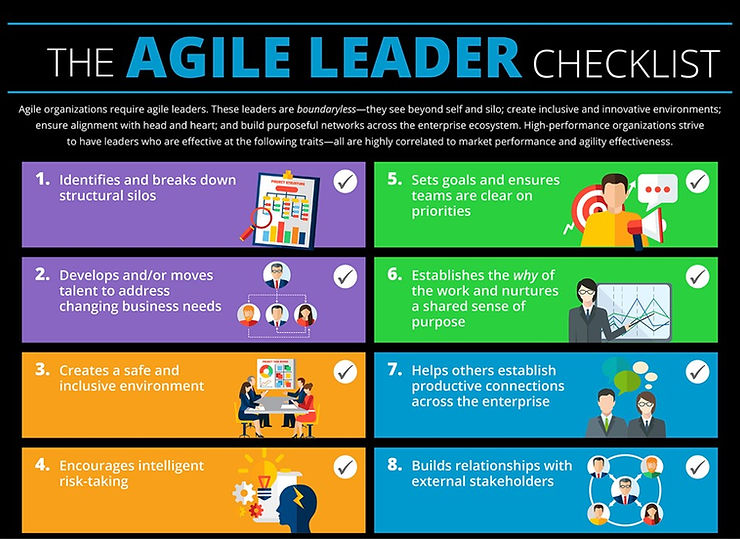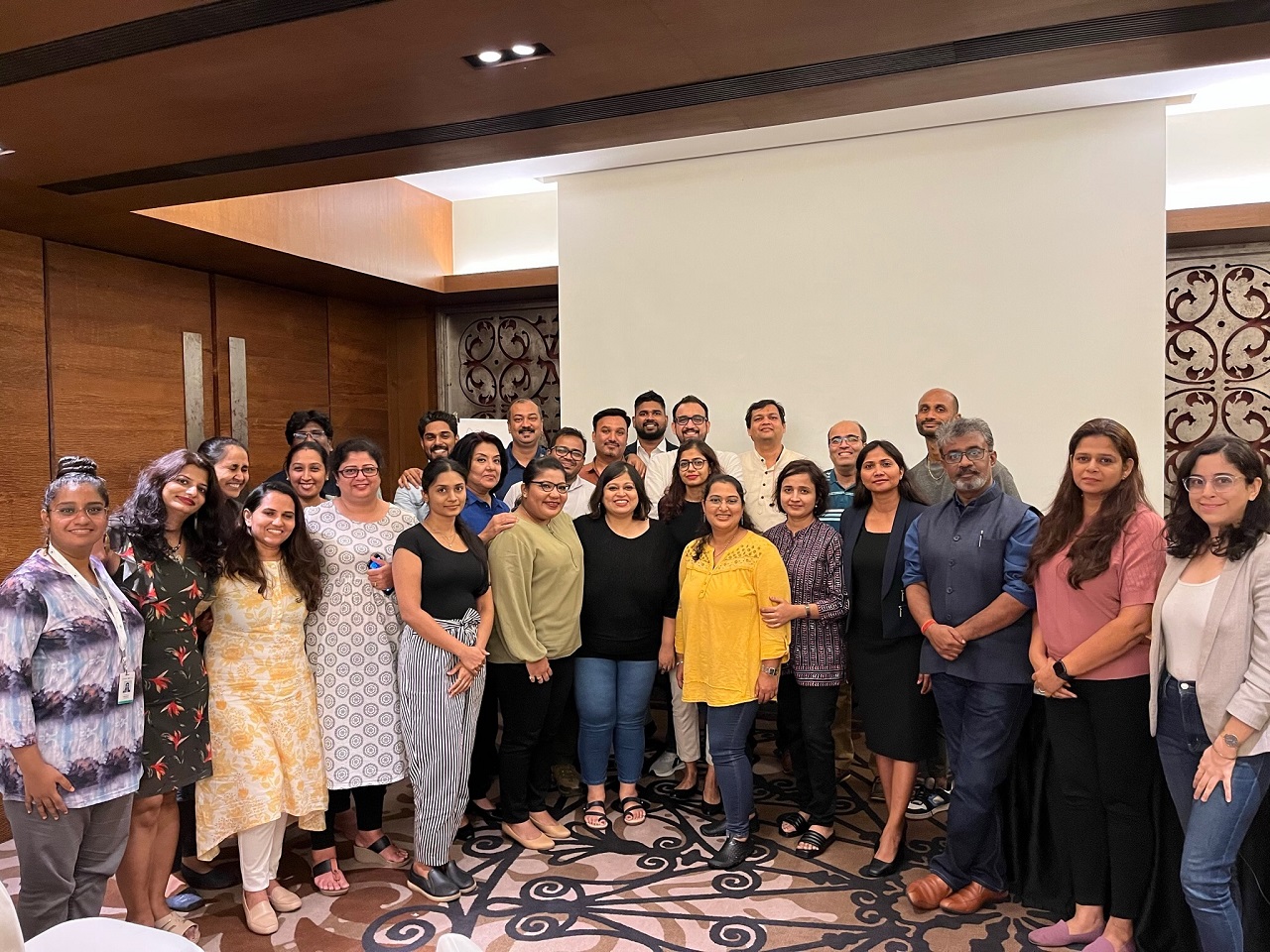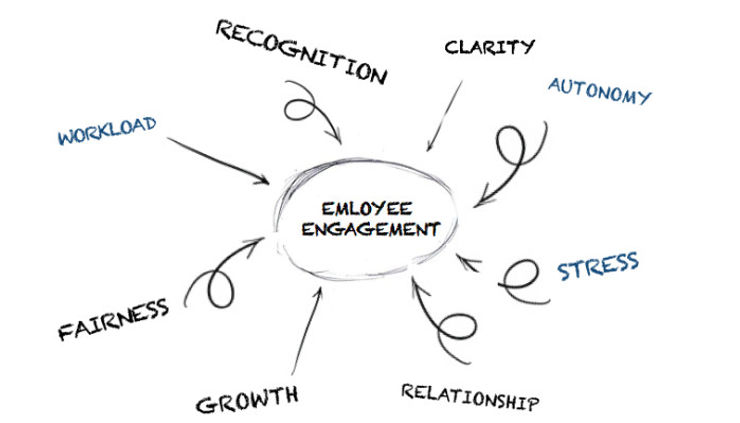Perfect is the Enemy of Progress; To Improve is to Change, to be Agile is to Change Often.
Agile leadership is the craft of creating the right context for self-organisation. An environment where agile teams collaborate, learn from each other, get quick feedback from users and are focused on quality and continuous learning.
He or she doesn’t micro-manage the people nor creates total freedom. Balancing between anarchy and strict structure is crucial in today’s complex VUCA situations. Developing and maintaining this right environment is often hard work. With focus on culture, ownership, mindset, feedback and long term goals.
The leader has to handle well in a wide range of circumstances, especially new, changing and ambiguous situations. It is associated with mode four leaders (Modes of Leadership) who have the ability (and agility) to operate in any mode (system of thinking) and most importantly see from the perspectives of the other modes. It is this ability to think in a number of different ways that gives such leaders their agility.
It’s not enough to be a great leader generally. Agile leadership requires new skills and approaches. (Forbes, 2019)
Agile Leaders Are Transparent
Often, leaders say they value transparency. But what they really mean is they want to know what their teams are doing at all times. Transparency in agile leadership requires leaders who are transparent about their own work—sharing information about what they’re working on, about broader business goals and regarding the priorities that should guide their teams’ work.
Agile Leaders Get Out Of The Way
Agile leaders ensure teams are informed about the business strategy and context surrounding their work, and then they get out of the way. They check in rather than checking up on their teams. And they empower employees to work through issues and solve problems.
Agile Leaders Develop Their Team Members
Of course, to be successful working through their own issues, teams must be capable. Great agile leaders provide development opportunities to employees through both formal learning and embedded learning such as job shadowing and job rotation. Agile leaders don’t wait for a slowdown to develop people—they know those are rare—instead they leverage busy periods to stretch and challenge team members to contribute in new ways and through new roles that develop their skills.
Agile Leaders Encourage Risk Taking And Learning
Learning cannot occur without some risk and some failure. While traditional leaders may look for green lights on the dashboard progress report, agile leaders encourage people to be honest about where they’ve stretched and where they may be struggling—the yellows or the reds. When leaders and team members know where to help and support, the whole team can learn, continuously improve and deliver stronger results.
Agile Leaders Connect With Customers
Agile work methodologies cannot take place successfully without customers embedded in the process. Great agile leaders facilitate the process of involving customers. They set expectations with customers, provide opportunities and workplaces where customers can be present and ensure customers are investing the necessary time. In fact, one agile leader I know refuses to have a team begin a project unless the customer is willing to devote time to being present with the team.
Agile Leaders Advocate For The Team
Because agile is a new way of working in most companies, great agile leaders must educate the rest of the organization about work processes, remove barriers and set boundaries for the team. For example, a key part of agile is working on one project at a time. Sometimes it’s necessary for leaders to push back on the business so agile teams aren’t overloaded and can succeed through prioritization of projects and outcomes.
Agile Leaders Measure Performance
Measurement, monitoring and managing go hand-in-hand. Along with tracking measurements themselves, great agile leaders empower teams to measure their own results as well. In addition to velocity—the gold standard of agile measurement—they also track things like meeting time, number of projects, customer satisfaction, team trust, and more. They know how the team is performing so they can give feedback, remove barriers and provide development opportunities.
Agile Leaders Provide Plenty Of Feedback
A key tenet of agile is feedback. Great agile leaders give feedback and also empower team members to give and receive feedback themselves. They help the team stay in touch with the organization so they receive necessary feedback from internal customers and the company as a whole. Agile leaders are coaches and mentors to the teams they lead.
Agile Leaders Celebrate
By empowering employees, agile leaders support teams in delivering results and the leaders provide plenty of recognition and celebration for the team’s success. They share the spotlight with the team and make sure the team receives plenty of positive press for their efforts.
Agile leadership requires new levels of empowerment, enablement and development for teams. At the same time, agile teams are learning new work methodologies, so too are leaders who are helping to ensure success in the new world of agile.













